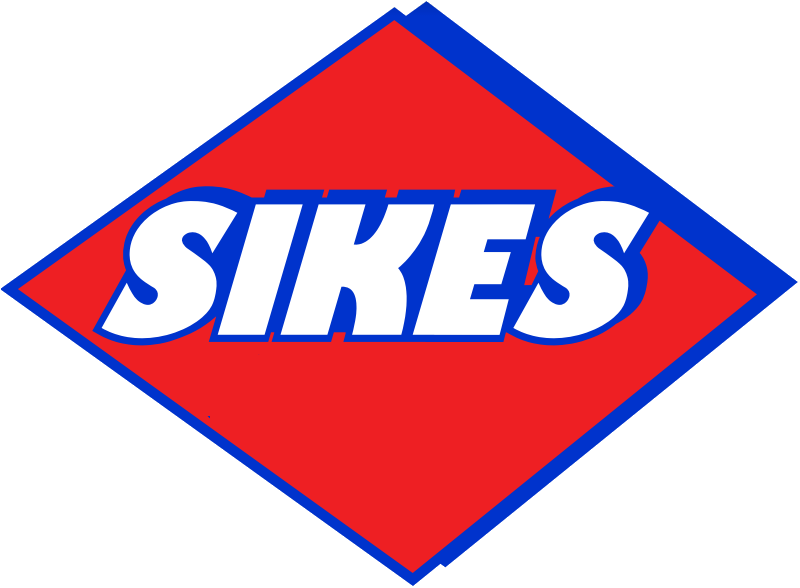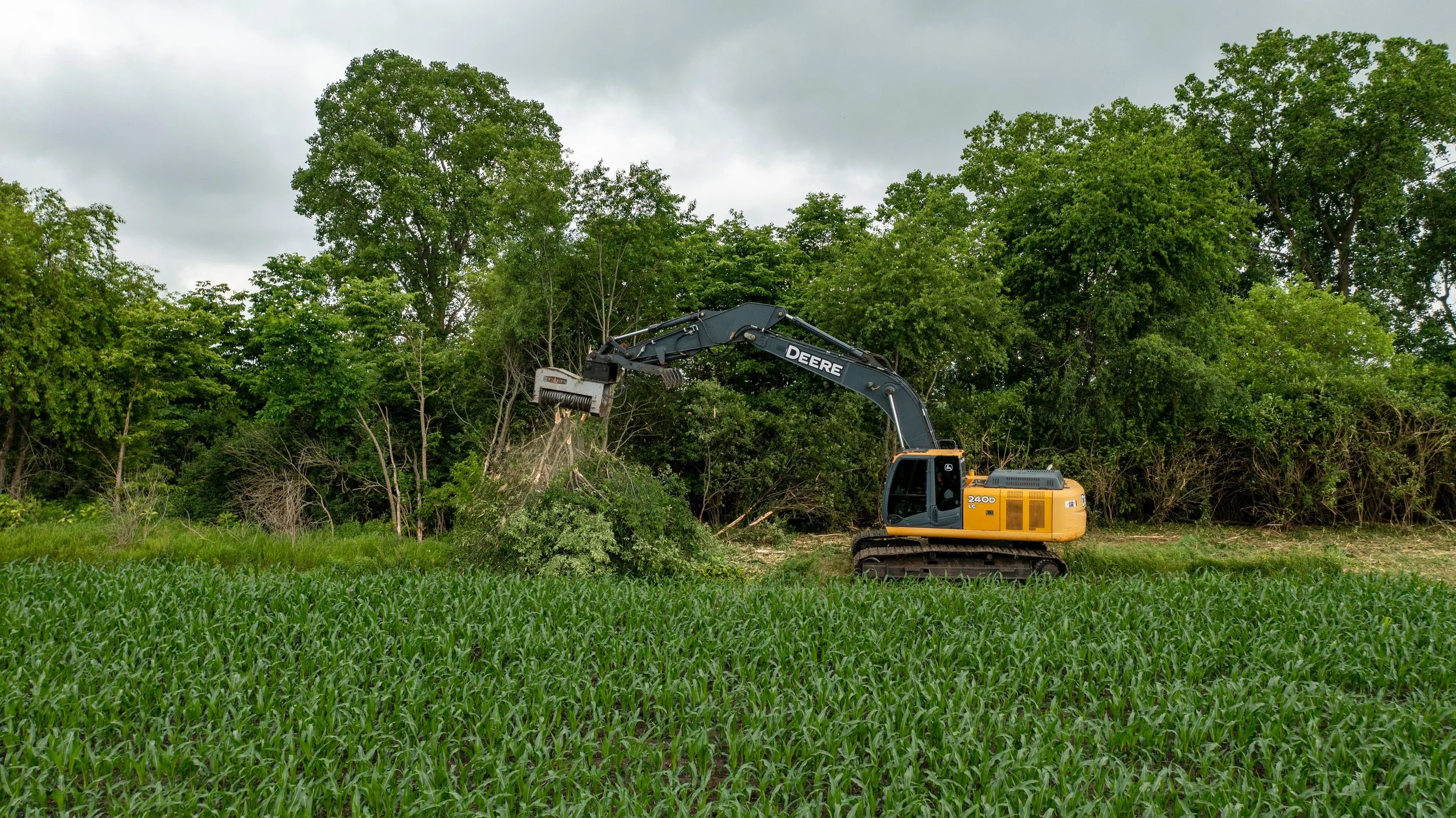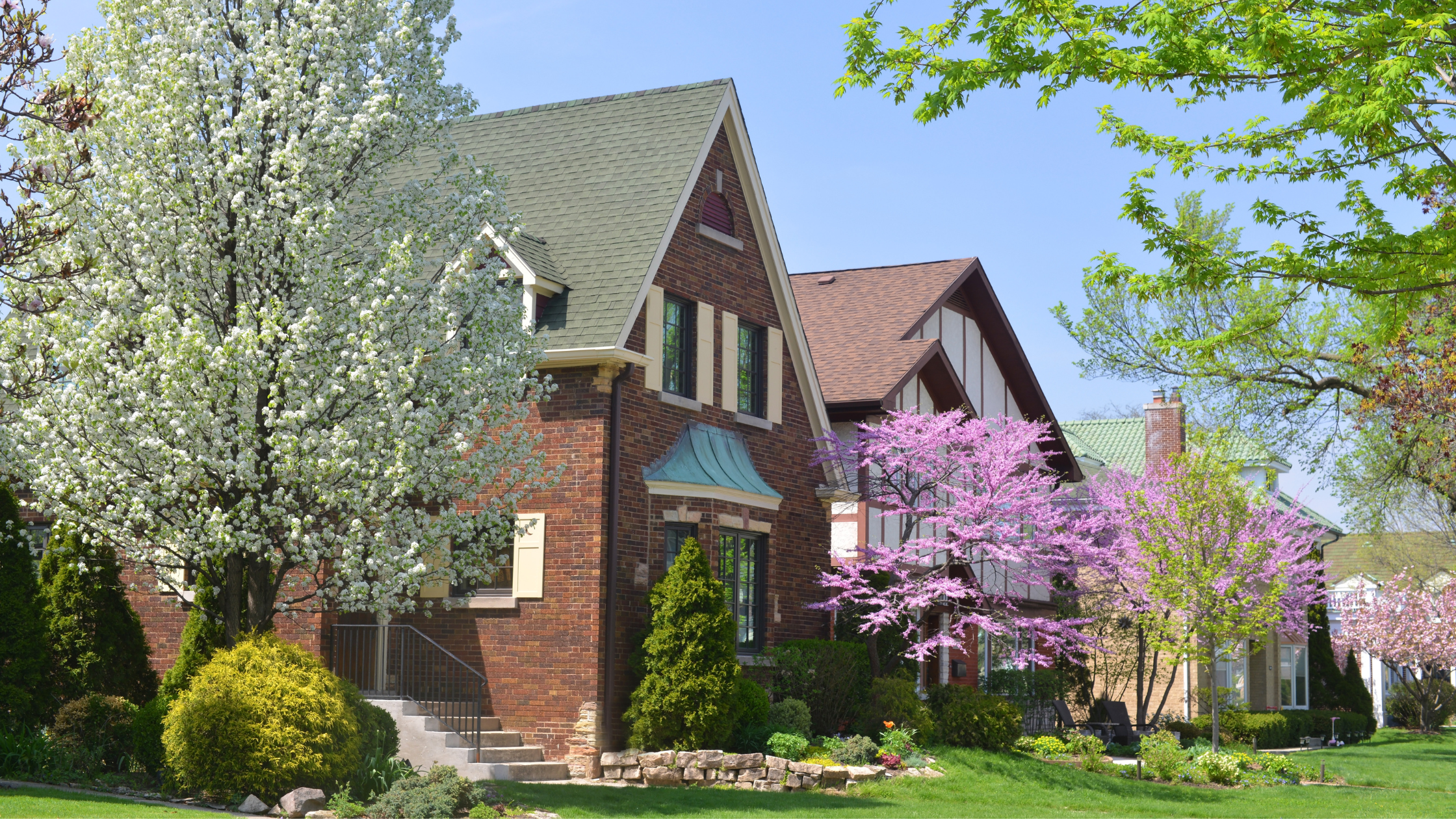WHAT IS BRUSH REMOVAL AND HOW IS IT DONE?
BRUSH REMOVAL
Brush removal is the act of removing brush, which is a type of vegetation that consists of shrubs, bushes, and small trees. This can be done for a variety of reasons, such as to clear land for farming or development, to reduce fire risk, or to improve the appearance of a property.
Brush removal is an important task for maintaining healthy and safe landscapes. Removing brush can help prevent the spread of pests and diseases, as well as reduce fire risk by removing flammable vegetation. It can also improve the appearance of a property by removing overgrown or unsightly bushes and shrubs. Brush removal can be done manually, with tools like saws, clippers, and shovels, or with the help of machines like tractors or bulldozers.There are several different methods for removing brush, depending on the size and type of vegetation, as well as the desired outcome. Some methods, like manual removal with tools like saws and clippers, are suitable for smaller bushes and shrubs. Others, like using a tractor or bulldozer, are better suited for larger vegetation or for clearing large areas of land.Regardless of the method used, it is important to follow proper safety guidelines when removing brush. This may include wearing protective clothing and equipment, such as gloves, long sleeves, and eye protection, as well as following proper techniques to avoid injury. It is also important to dispose of the removed brush properly, either by mulching it or by disposing of it in a designated waste area.Overall, brush removal is an important task for maintaining healthy and safe landscapes. By removing brush, property owners can help prevent the spread of pests and diseases, reduce fire risk, and improve the appearance of their property.What are some common methods for removing brushes?
There are several common methods for brush removal, including mechanical removal, herbicides, and burning.
Mechanical removal involves using tools such as chainsaws, brush cutters, and mulchers to physically remove the brush. This method is effective for small to medium-sized areas and can be done by a professional contractor or by the property owner. However, it can be labor-intensive and time-consuming, and it may not be suitable for large areas or for removing very dense brush.
Herbicides, also known as weed killers, are chemicals that are applied to the leaves of the brush, which are then absorbed by the plant and transported to the roots. This method is effective for eliminating brush, but it can be harmful to the environment if not used properly. It's important to carefully read and follow the instructions on the herbicide label, and to avoid applying herbicides near water sources or areas where they might be ingested by animals or humans.
Burning is another common method of brush removal, but it should only be done by trained professionals and with the appropriate permits. Burning can be effective for large areas, but it can also be dangerous and can cause damage to property if not done properly. In addition, smoke from the burn can be harmful to the environment and to human health.
Some additional methods for brush removal include grazing by livestock, manual removal by hand, and the use of specialized equipment such as excavators or bulldozers. Grazing by livestock, such as goats or sheep, can be effective for controlling brush growth, but it may not be practical or suitable for all areas. Manual removal by hand can be effective for small areas or for removing individual plants, but it can be labor-intensive and time-consuming. The use of specialized equipment such as excavators or bulldozers can be effective for large areas or for removing very dense brush, but it can be expensive and may not be suitable for all properties.
The use of specialized equipment, such as excavators or bulldozers, can be an effective method for brush removal in certain situations. This method is typically used for large areas or for removing very dense brush that is difficult to remove using other methods.
When using specialized equipment for brush removal, a trained operator will use the excavator or bulldozer to dig up the brush and roots, or to push and pile the brush. The operator will then remove the brush from the site and dispose of it properly, typically by hauling it to a landfill or a brush composting facility.
This method is typically faster and more efficient than other methods, such as manual removal or the use of herbicides. However, it can be expensive and may not be suitable for all properties, especially if the brush is located in a sensitive area or near structures that could be damaged by the equipment. Additionally, the use of heavy equipment can cause soil compaction and other negative impacts to the environment, so it's important to carefully consider the potential consequences before using this method.
Is it better to remove brushes by hand or with chemicals?
It depends on the situation and the specific goals of the brush removal. In general, removing brush by hand can be a time-consuming and labor-intensive process, but it has the advantage of being able to target specific plants and remove them without harming the surrounding environment. This can be important in sensitive ecosystems or areas where the use of chemicals is not allowed.
It is generally better to remove brush by hand rather than with chemicals. Using chemicals to remove brush can be harmful to the environment and can also be toxic to plants and animals. Hand removal is a safer and more environmentally friendly option. Additionally, hand removal allows you to carefully target specific areas and can be more effective at completely removing the brush.
On the other hand, using chemicals to remove brush can be a quicker and easier method, especially for large areas or dense infestations. However, it is important to use the right type of chemical and apply it properly to avoid damaging the environment or harming other plants and animals. In addition, the use of chemicals can be more expensive and may require special training or certification.
Ultimately, the best method for brush removal will depend on the specific situation and goals. It may be necessary to use a combination of manual and chemical methods, or to consult with a professional for advice on the most appropriate approach.
How can I prevent brush from growing back after removal?
One way to prevent brush from growing back after removal is to use herbicides. Herbicides are chemicals that are specifically designed to kill plants, and they can be effective at preventing brush from regrowing after it has been removed.
When using herbicides, it is important to choose the right product for the type of brush you are trying to control. Some herbicides are selective, meaning they will only kill certain types of plants, while others are non-selective and will kill any plant they come into contact with. It is also important to carefully read and follow the instructions on the herbicide label, as improper use can harm people, pets, and the environment.
In addition to using herbicides, there are several other steps you can take to prevent brush from regrowing. One is to remove as much of the root system as possible when removing the brush. This can be done using a shovel, rake, or other gardening tools. If the roots are not completely removed, they can regrow and eventually produce new brush.
Another way to prevent brush from regrowing is to create an inhospitable environment for it to grow in. This can be done by applying a thick layer of mulch to the area where the brush was removed. Mulch will help to suppress the growth of new brush by blocking sunlight and preventing weed seeds from germinating.
Finally, regularly maintaining the area where the brush was removed can also help to prevent it from regrowing. This can involve activities such as mowing, weeding, and pruning to keep the area free of brush and other unwanted vegetation.
In conclusion, there are several steps you can take to prevent brush from regrowing after removal, including using herbicides, removing the root system, creating an inhospitable environment, and maintaining the area regularly. By following these steps, you can effectively control brush and prevent it from regrowing.
Featured Blogs
SIKES CONCRETE INC.
8030 FL-77, Southport, FL 32409
850-265-4564






